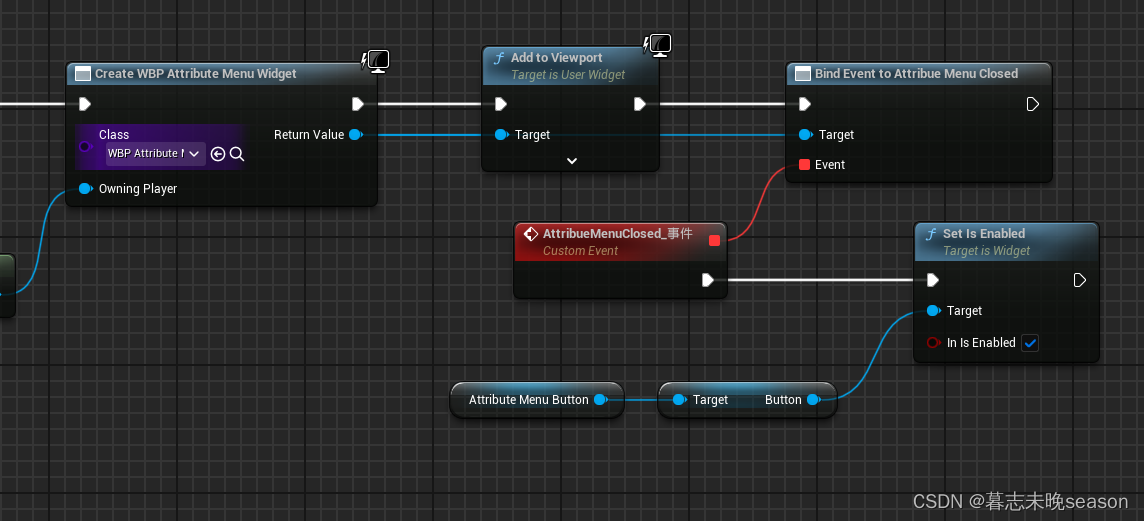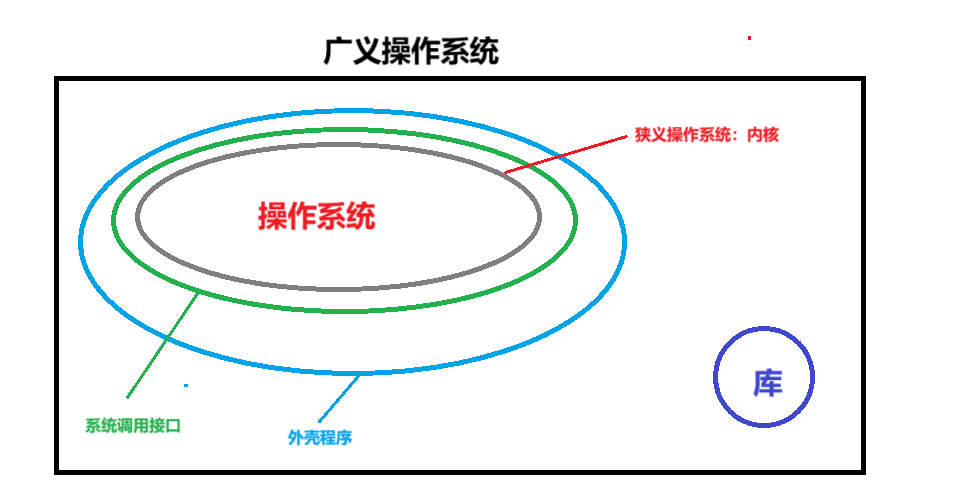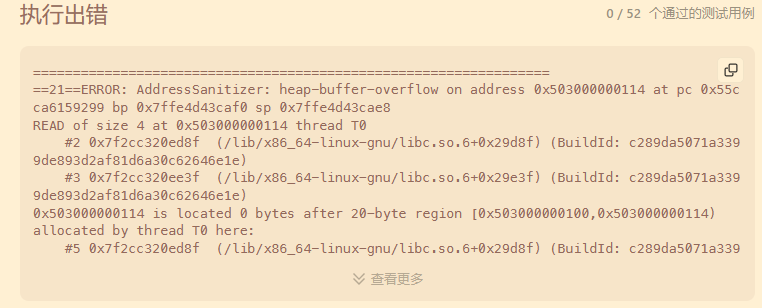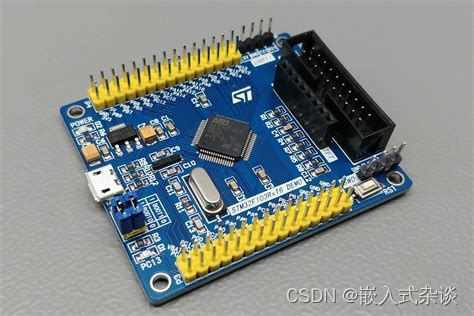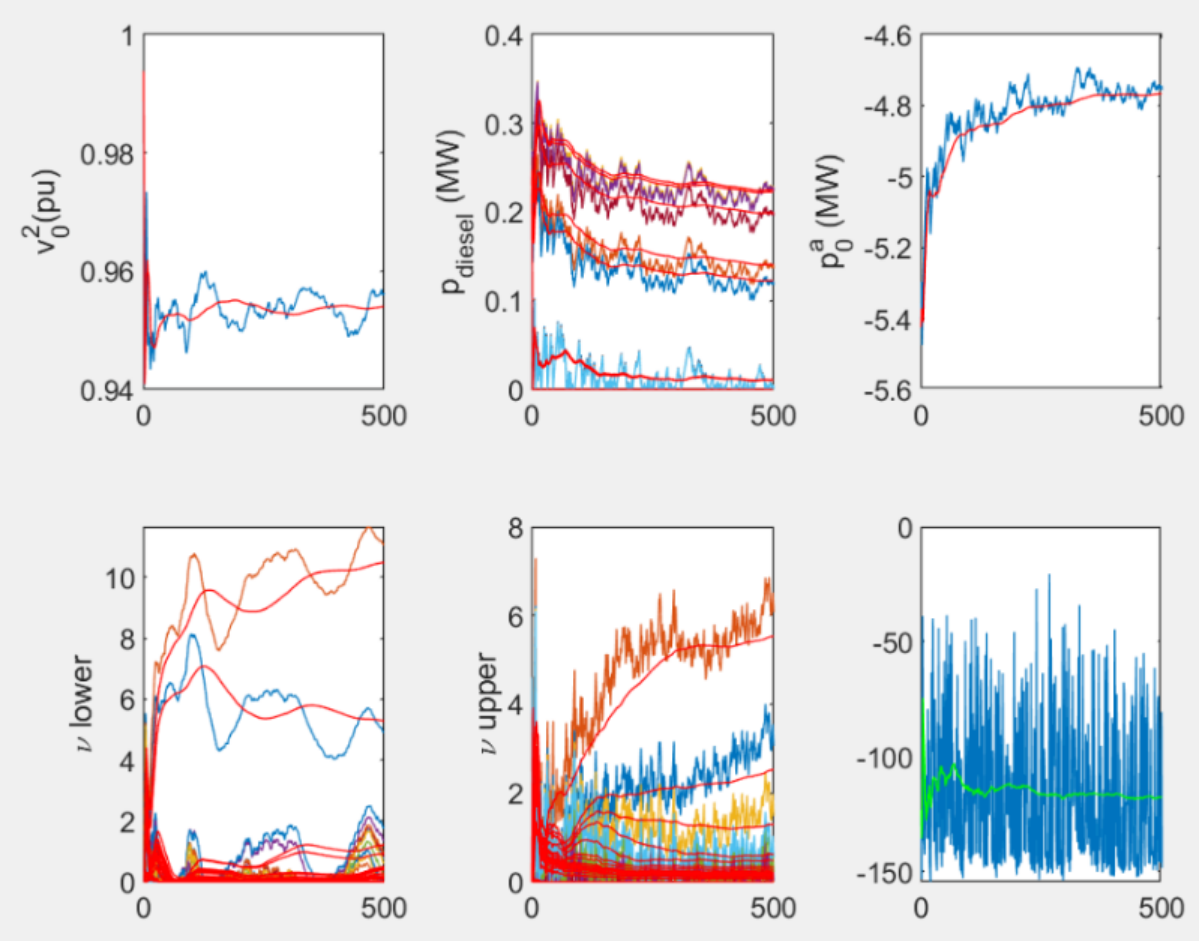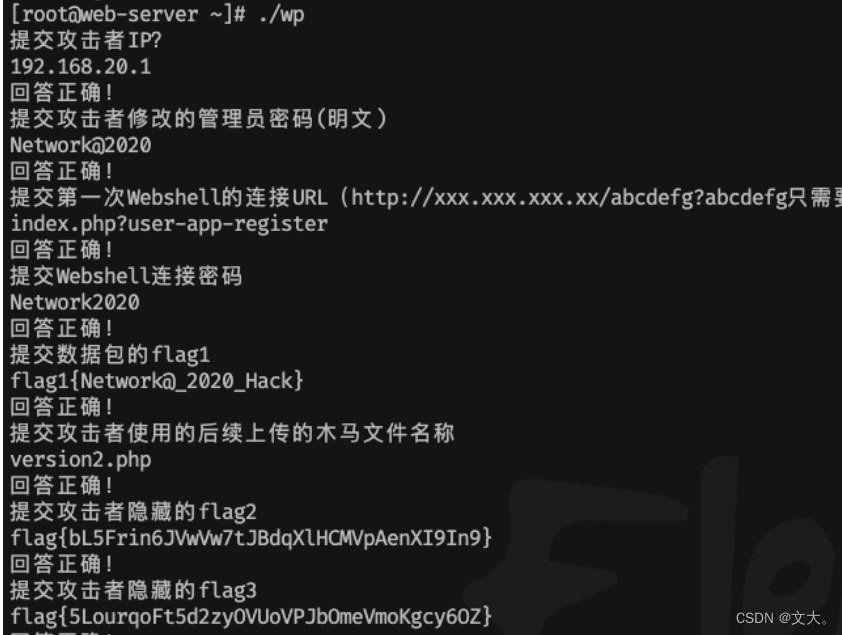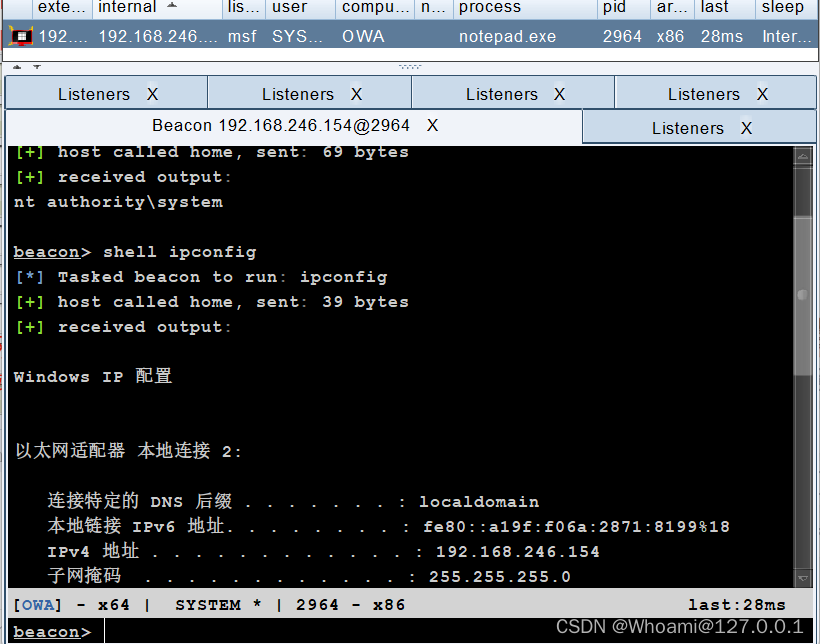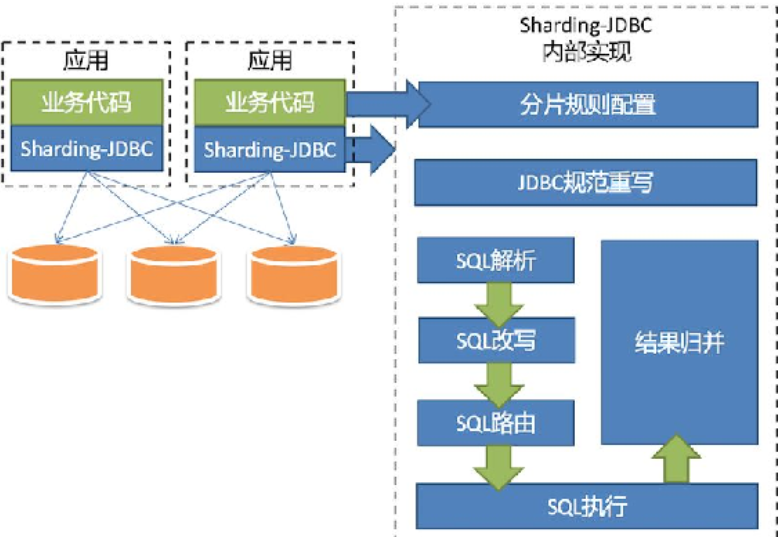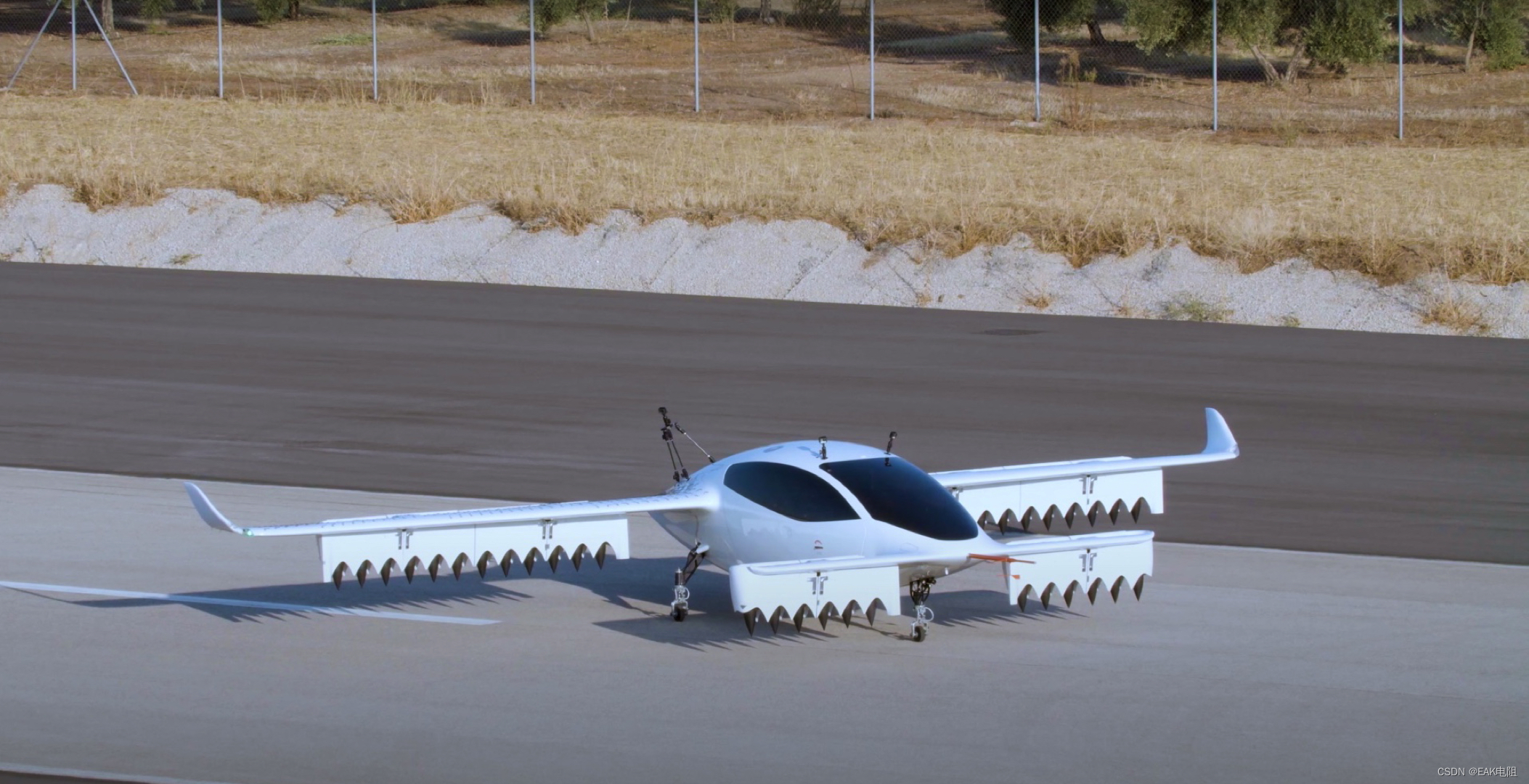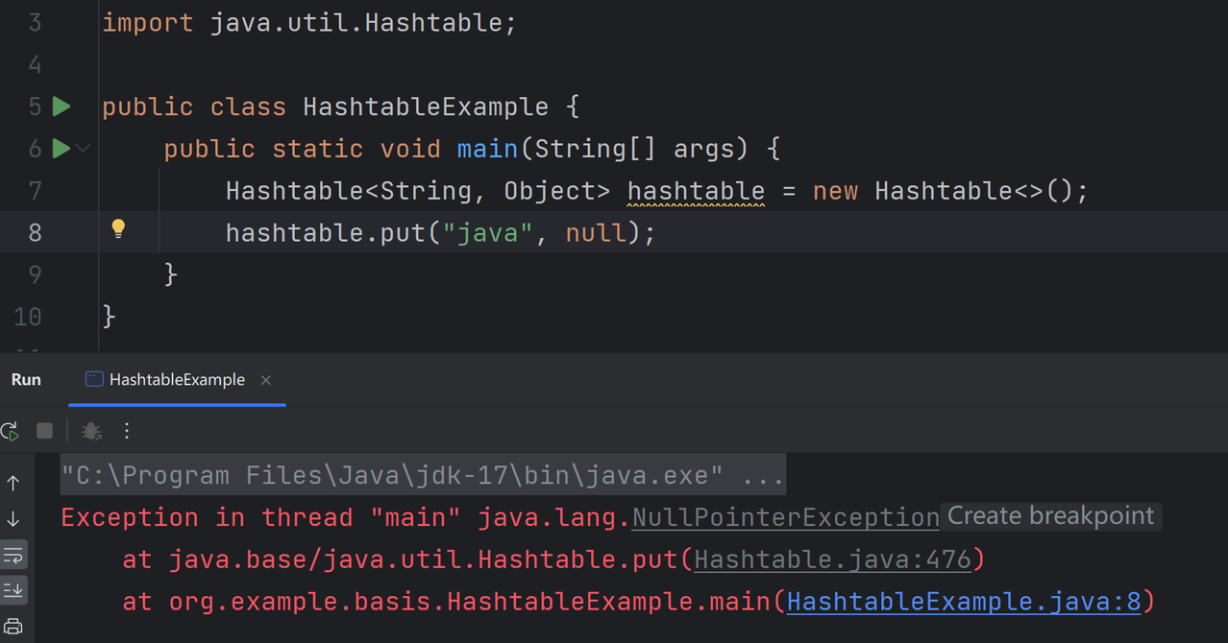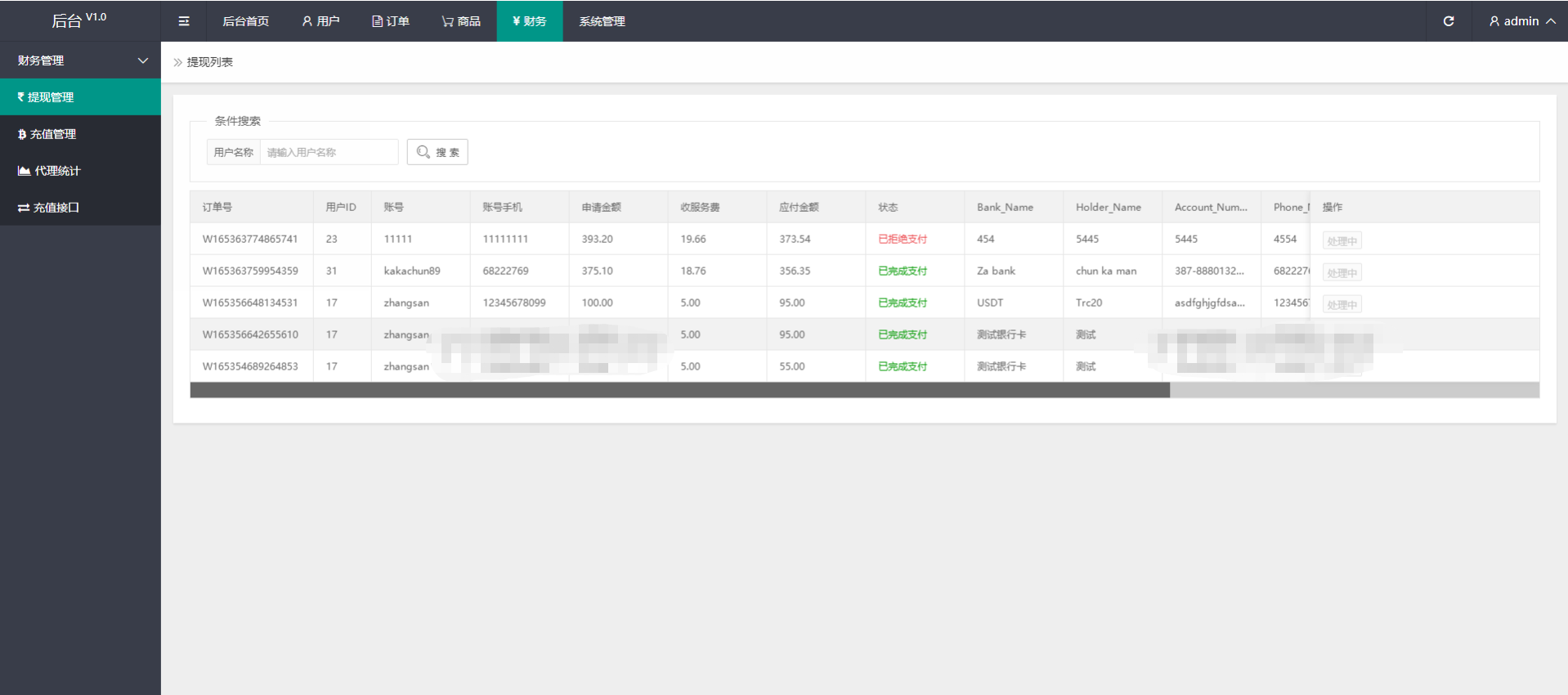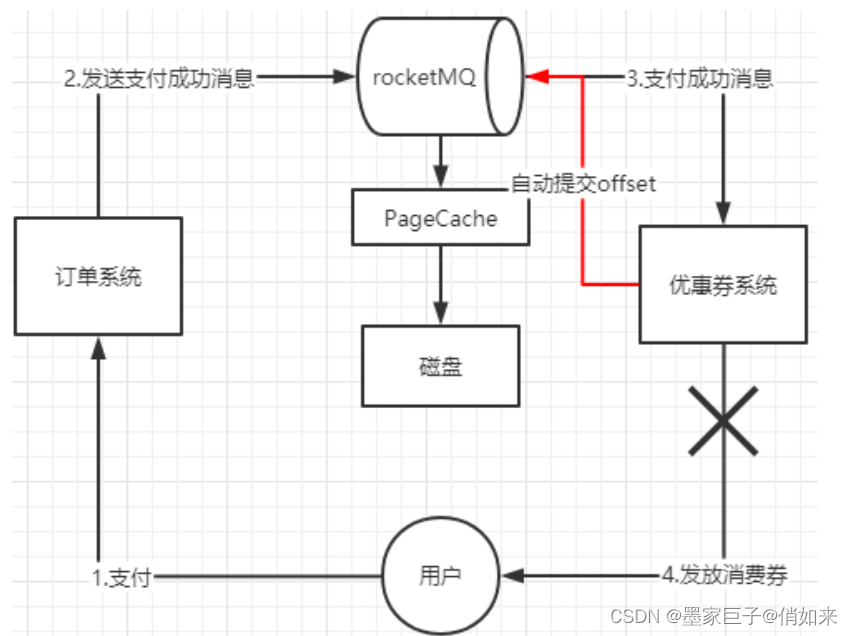源码版本:androidx1.3.2
分析场景:
RecyclerView使用线性布局,方向为竖直方向,布局从上到下,宽高都是 MATCH_PARENT。开始有3条数据。然后移除 position = 1 的数据。

流程图

先说下结论:
在 dispatchLayoutStep1 预布局阶段:
-
给要被移出的 ViewHolder1 添加标记位
ViewHolder.FLAG_REMOVED。
ViewHolder1 标记为 removed,在 fill 方法中不会减去 remainingSpace。所以,fill 方法会继续布局。这个时候 position = 2,会创建一个新的ViewHolder,onBindViewHolder 然后返回。ViewHolder对应的 ItemView 会添加到RecyclerView。RecyclerView.this.addView(child, index); -
现在有3个ViewHolder,RecyclerView 有3个子 View。
在 dispatchLayoutStep2 真正的布局阶段:
- 在 detachAndScrapAttachedViews 回收 ViewHolder 的时候,Recycler.mAttachedScrap 回收了3个ViewHolder。
- ViewHolder0 被布局到 position = 0 的位置。
- ViewHolder2 被布局到 position = 1 的位置。
- 缓存Recycler.mAttachedScrap 中还有一个 ViewHolder1,就是被移除的。
在 dispatchLayoutStep3 动画阶段:
- 没有变化的ViewHolder0,没有动画效果。
- 新创建的ViewHolder2 会执行一个移动动画,从屏幕底部进入到屏幕中。
- 被移除的ViewHolder1 会执行一个透明度渐出动画,透明度从1变化到0。在动画开始之前,会重新把ViewHolder 对应的 ItemView 重新 attachViewToParent 到 RecyclerView 上 。在动画结束后,会把 这个 ItemView 真正移除,对应的ViewHolder 缓存到 RecycledViewPool(有 ViewHolder.FLAG_REMOVED 是不会被缓存到 Recycler.mCacheViews 中的)。
示例代码如下所示:
rv.layoutManager = LinearLayoutManager(this)
val arrayList = arrayListOf <CheckBoxModel> ()
for(i in 0 until 3) {
arrayList.add(CheckBoxModel("Hello$i", false))
}
rv.adapter = TestRvTheoryAdapter(this, arrayList)
binding.btnNotifyItemChanged.setOnClickListener {
testNotifyItemRemoved(arrayList)
}
private fun testNotifyItemRemoved(arrayList: ArrayList < CheckBoxModel > ) {
arrayList.removeAt(1)
rv.adapter?.notifyItemRemoved(1)
}
当我们调用Adapter的 notifyItemRemoved 方法的时候,会调用RecyclerView的 requestLayout 方法,然后会调用RecyclerView的 onLayout 方法,然后会调用 RecyclerView 的 dispatchLayout 方法。
void dispatchLayout() {
//...
mState.mIsMeasuring = false;
if (mState.mLayoutStep == State.STEP_START) {
//注释1处,调用dispatchLayoutStep1方法。
dispatchLayoutStep1();
mLayout.setExactMeasureSpecsFrom(this);
//注释2处,调用dispatchLayoutStep2方法。
dispatchLayoutStep2();
} else if (mAdapterHelper.hasUpdates() || mLayout.getWidth() != getWidth()
|| mLayout.getHeight() != getHeight()) {
// First 2 steps are done in onMeasure but looks like we have to run again due to
// changed size.
mLayout.setExactMeasureSpecsFrom(this);
dispatchLayoutStep2();
} else {
mLayout.setExactMeasureSpecsFrom(this);
}
//调用dispatchLayoutStep3方法。
dispatchLayoutStep3();
}
RecyclerView 的 dispatchLayoutStep1 方法
private void dispatchLayoutStep1() {
mState.assertLayoutStep(State.STEP_START);
fillRemainingScrollValues(mState);
mState.mIsMeasuring = false;
startInterceptRequestLayout();
mViewInfoStore.clear();
onEnterLayoutOrScroll();
//注释1处,调用processAdapterUpdatesAndSetAnimationFlags方法。处理动画标记位
processAdapterUpdatesAndSetAnimationFlags();
//...
if(mState.mRunSimpleAnimations) {
// Step 0: Find out where all non-removed items are, pre-layout
int count = mChildHelper.getChildCount();
for(int i = 0; i < count; ++i) {
final ViewHolder holder = getChildViewHolderInt(mChildHelper.getChildAt(i));
if(holder.shouldIgnore() || (holder.isInvalid() && !mAdapter.hasStableIds())) {
continue;
}
final ItemHolderInfo animationInfo = mItemAnimator
.recordPreLayoutInformation(mState, holder,
ItemAnimator.buildAdapterChangeFlagsForAnimations(holder),
holder.getUnmodifiedPayloads());
//注释2处,保存ViewHolder的动画信息。
mViewInfoStore.addToPreLayout(holder, animationInfo);
//...
}
}
if(mState.mRunPredictiveAnimations) {
// Save old positions so that LayoutManager can run its mapping logic.
//保存ViewHolder的位置信息
saveOldPositions();
final boolean didStructureChange = mState.mStructureChanged;
mState.mStructureChanged = false;
//注释3处,布局子View
mLayout.onLayoutChildren(mRecycler, mState);
mState.mStructureChanged = didStructureChange;
for(int i = 0; i < mChildHelper.getChildCount(); ++i) {
final View child = mChildHelper.getChildAt(i);
final ViewHolder viewHolder = getChildViewHolderInt(child);
if(viewHolder.shouldIgnore()) {
continue;
}
//注释4处,新创建的ViewHolder,满足条件,记录新创建的ViewHolder的动画信息。
if(!mViewInfoStore.isInPreLayout(viewHolder)) {
int flags = ItemAnimator.buildAdapterChangeFlagsForAnimations(viewHolder);
boolean wasHidden = viewHolder
.hasAnyOfTheFlags(ViewHolder.FLAG_BOUNCED_FROM_HIDDEN_LIST);
if(!wasHidden) {
flags |= ItemAnimator.FLAG_APPEARED_IN_PRE_LAYOUT;
}
final ItemHolderInfo animationInfo = mItemAnimator.recordPreLayoutInformation(
mState, viewHolder, flags, viewHolder.getUnmodifiedPayloads());
if(wasHidden) {
recordAnimationInfoIfBouncedHiddenView(viewHolder, animationInfo);
} else {
mViewInfoStore.addToAppearedInPreLayoutHolders(viewHolder, animationInfo);
}
}
}
// we don't process disappearing list because they may re-appear in post layout pass.
clearOldPositions();
} else {
clearOldPositions();
}
onExitLayoutOrScroll();
stopInterceptRequestLayout(false);
mState.mLayoutStep = State.STEP_LAYOUT;
}
注释1处,调用processAdapterUpdatesAndSetAnimationFlags方法。处理动画标记位。
private void processAdapterUpdatesAndSetAnimationFlags() {
//...
if(predictiveItemAnimationsEnabled()) {
//注释1处
mAdapterHelper.preProcess();
} else {
mAdapterHelper.consumeUpdatesInOnePass();
}
boolean animationTypeSupported = mItemsAddedOrRemoved || mItemsChanged;
// mState.mRunSimpleAnimations = true
mState.mRunSimpleAnimations = mFirstLayoutComplete && mItemAnimator != null && (mDataSetHasChangedAfterLayout || animationTypeSupported || mLayout.mRequestedSimpleAnimations) && (!mDataSetHasChangedAfterLayout || mAdapter.hasStableIds());
// mState.mRunPredictiveAnimations = true
mState.mRunPredictiveAnimations = mState.mRunSimpleAnimations && animationTypeSupported && !mDataSetHasChangedAfterLayout && predictiveItemAnimationsEnabled();
}
这里我们说一下这个方法的做的一些事情,就不一步一步跟了:
首先会改变 position =1 位置上的 ViewHolder,我我们看一下改变之后的 ViewHolder1 的信息。Evaluate ViewHolder1:
ViewHolder1: ViewHolder{40b6a27 position=0 id=-1, oldPos=1, pLpos:1 removed}
- 给要被移出的 ViewHolder1 添加标记位
ViewHolder.FLAG_REMOVED。 - 保存旧的位置。
oldPos=1, pLpos:1,保存新的位置position=0。
回到 dispatchLayoutStep1 方法注释2处,保存ViewHolder的动画信息。
注释3处,调用 LayoutManager 的 onLayoutChildren 方法布局子View。
@Override
public void onLayoutChildren(RecyclerView.Recycler recycler, RecyclerView.State state) {
//...
//注释1处,detachAndScrapAttachedViews
detachAndScrapAttachedViews(recycler);
//...
mLayoutState.mNoRecycleSpace = 0;
if (mAnchorInfo.mLayoutFromEnd) {//正常情况为该条件不满足。我们分析else的情况。
//...
} else {
updateLayoutStateToFillEnd(mAnchorInfo);
mLayoutState.mExtraFillSpace = extraForEnd;
//注释2处,从锚点开始向end方向填充
fill(recycler, mLayoutState, state, false);
//...
}
//...
}
注释1处,detachAndScrapAttachedViews。所有的子View 会被 detachFromParent ,缓存在 Recycler.mAttachedScrap 中。
注释2处,从锚点开始向end方向填充。
int fill(RecyclerView.Recycler recycler, LayoutState layoutState,
RecyclerView.State state, boolean stopOnFocusable) {
//记录开始填充的时候,可用的空间
final int start = layoutState.mAvailable;
//...
// 剩余的空间
int remainingSpace = layoutState.mAvailable + layoutState.mExtraFillSpace;
LayoutChunkResult layoutChunkResult = mLayoutChunkResult;
//循环填充子View,只要还有剩余空间并且还有数据
while ((layoutState.mInfinite || remainingSpace > 0) && layoutState.hasMore(state)) {
//这里会把 layoutChunkResult.mIgnoreConsumed 重置为 false
layoutChunkResult.resetInternal();
//获取并添加子View,然后测量、布局子View并将分割线考虑在内。
layoutChunk(recycler, state, layoutState, layoutChunkResult);
//如果没有更多View了,布局结束,跳出循环
if (layoutChunkResult.mFinished) {
break;
}
//增加偏移量,加上已经填充的像素
layoutState.mOffset += layoutChunkResult.mConsumed * layoutState.mLayoutDirection;
//注释1处,注意这里的逻辑,如果填充的View是被移除的,就不减去remainingSpace。
//注释1处,注意这里的逻辑,如果填充的View是被移除的,就不减去remainingSpace。
//注释1处,注意这里的逻辑,如果填充的View是被移除的,就不减去remainingSpace。
if (!layoutChunkResult.mIgnoreConsumed || layoutState.mScrapList != null
|| !state.isPreLayout()) {
//可用空间减去已经填充的像素
layoutState.mAvailable -= layoutChunkResult.mConsumed;
// we keep a separate remaining space because mAvailable is important for recycling
//剩余空间,减去已经填充的像素
remainingSpace -= layoutChunkResult.mConsumed;
}
}
// 返回已经填充的空间,比如开始可用空间 start 是1920,填充完毕,可用空间 layoutState.mAvailable 是120,就返回 1800 。填充了1800像素。
//返回结果有可能大于start,因为最后一个填充的View有一部分在屏幕外面。
return start - layoutState.mAvailable;
}
**注释1处,注意这里的逻辑,如果填充的View是被移除的,就不减去remainingSpace。**因为在layoutChunk 方法中,将 result.mIgnoreConsumed 置为true了。
layoutChunk方法部分逻辑
//layoutChunk方法部分逻辑
if (params.isItemRemoved() || params.isItemChanged()) {
result.mIgnoreConsumed = true;
}
ViewHolder1 标记为 removed,在 fill 方法中不会减去 remainingSpace。所以,fill 方法会继续布局。这个时候 position = 2,会创建一个新的ViewHolder,onBindViewHolder 然后返回。ViewHolder对应的 ItemView 会添加到RecyclerView。 RecyclerView.this.addView(child, index);
//新创建的ViewHolder,
// 我们可以看到一些信息,在预布局的时候,pLpos:2,真正的位置 position=1
// 说明在后期需要执行一个动画 从 position=2 的位置,移动到 position=1 的位置。
ViewHolder{2390807 position=1 id=-1, oldPos=-1, pLpos:2 no parent}
回到 dispatchLayoutStep1 方法,注释4处,新创建的ViewHolder,满足条件,记录新创建的ViewHolder的动画信息。
dispatchLayoutStep1 结束,总结一下:
- 在预布局阶段,有一个新创建的 ViewHolder2,对应的 ItemView 会添加到RecyclerView。
RecyclerView.this.addView(child, index);。这个时候 RecyclerView 是有3个子 View 的。 - 记录新创建的 ViewHolder2 的动画信息。
- 现在有3个Item。有标记位为 removed 的 ViewHolder1,是被移除的。
然后,进入 dispatchLayoutStep2 方法,内部再次调用 mLayout.onLayoutChildren(mRecycler, mState);。
回收ViewHolder的时候,还是会都放进 Recycler.mAttachedScrap 中。这个时候,缓存了3个ViewHolder。
fill 的时候,获取ViewHolder,调用 Recycler 的 getScrapOrHiddenOrCachedHolderForPosition 方法。
注意 holder.getLayoutPosition() == position 和 (mState.mInPreLayout || !holder.isRemoved()) 这两个条件。
ViewHolder getScrapOrHiddenOrCachedHolderForPosition(int position, boolean dryRun) {
final int scrapCount = mAttachedScrap.size();
// Try first for an exact, non-invalid match from scrap.
for(int i = 0; i < scrapCount; i++) {
final ViewHolder holder = mAttachedScrap.get(i);
//注释1处,关注条件判断 (mState.mInPreLayout || !holder.isRemoved())
if(!holder.wasReturnedFromScrap() && holder.getLayoutPosition() == position && !holder.isInvalid()
&& (mState.mInPreLayout || !holder.isRemoved())) {
holder.addFlags(ViewHolder.FLAG_RETURNED_FROM_SCRAP);
return holder;
}
}
//...
}
现在 Recycler.mAttachedScrap 中有3个 ViewHolder。
注意:这个时候,ViewHolder1的 mPosition = 0 && holder.isRemoved() = 0,不会被复用的。
position = 0 的时候,会从 mAttachedScrap 中取 ViewHolder0 出来复用的。 holder.getLayoutPosition() == position = 0
position = 1 的时候,会从 mAttachedScrap 中取 ViewHolder2 出来复用的。 holder.getLayoutPosition() == position = 1
然后这个时候,fill 没有剩余空间 remainingSpace = 0 ,就不会再继续布局了。这个时候RecyclerView中就只有2个子View。
这个时候 Recycler.mAttachedScrap 还是有一个ViewHolder的,就是被移除的那个。
dispatchLayoutStep2 结束。
dispatchLayoutStep3 阶段
没有变化的ViewHolder,没有动画效果。
被移除的ViewHolder 的动画。是一个透明度渐出动画,透明度从1变化到0。
首先看添加移除动画的逻辑。
RecyclerView 的 animateDisappearance 方法。
void animateDisappearance(@NonNull ViewHolder holder, @NonNull ItemHolderInfo preLayoutInfo, @Nullable ItemHolderInfo postLayoutInfo) {
//注释1处,调用addAnimatingView 方法
addAnimatingView(holder);
holder.setIsRecyclable(false);
//注释2处,调用 SimpleItemAnimator 的 animateDisappearance 方法。添加消失动画。
if(mItemAnimator.animateDisappearance(holder, preLayoutInfo, postLayoutInfo)) {
postAnimationRunner();
}
}
注释1处,调用addAnimatingView 方法。被移除的 ViewHolder 在 dispatchLayoutStep2 阶段 detachViewFromParent以后,在 fill 方法中,不会重新 attachViewToParent。这里在移除动画的开始之前,会调用 addAnimatingView, 把ViewHolder 对应的 ItemView 重新 attachViewToParent 到 RecyclerView 上 RecyclerView.this.attachViewToParent(child, index, layoutParams); 。注意,这里的index是1哟。
然后动画结束之后,会把这个ViewHolder 从 RecyclerView 中移除。并且会把这个 ViewHolder 缓存到 RecycledViewPool(有 ViewHolder.FLAG_REMOVED 是不会被缓存到 Recycler.mCacheViews 中的)。
注释2处,调用 SimpleItemAnimator 的 animateDisappearance 方法。添加消失动画。
@Override
public boolean animateDisappearance(@NonNull RecyclerView.ViewHolder viewHolder, @NonNull ItemHolderInfo preLayoutInfo, @Nullable ItemHolderInfo postLayoutInfo) {
int oldLeft = preLayoutInfo.left;
int oldTop = preLayoutInfo.top;
View disappearingItemView = viewHolder.itemView;
int newLeft = postLayoutInfo == null ? disappearingItemView.getLeft() : postLayoutInfo.left;
int newTop = postLayoutInfo == null ? disappearingItemView.getTop() : postLayoutInfo.top;
if(!viewHolder.isRemoved() && (oldLeft != newLeft || oldTop != newTop)) {
disappearingItemView.layout(newLeft, newTop,
newLeft + disappearingItemView.getWidth(),
newTop + disappearingItemView.getHeight());
//注释1处,不是被移出的ViewHolder才会执行 animateMove
return animateMove(viewHolder, oldLeft, oldTop, newLeft, newTop);
} else {
//注释2处,被移出的ViewHolder才会执行 animateRemove
return animateRemove(viewHolder);
}
}
注释2处,被移出的ViewHolder才会执行 animateRemove。
DefaultItemAnimator 的 animateRemove 方法。
public boolean animateRemove(final RecyclerView.ViewHolder holder) {
resetAnimation(holder);
mPendingRemovals.add(holder);
return true;
}
这个方法,就是向 mPendingRemovals 添加了一个等待执行的移除动画,返回true。
新创建的ViewHolder会执行一个 移动动画,从屏幕底部进入到屏幕中。
新创建的 ViewHolder2 现在已经在 position = 1 的位置上了。为了实现从屏幕外移动到屏幕中的 translationY 动画。 在动画开始之初,给 ViewHolder2 对应的 ItemView 设置 translationY >0 。在我们的例子中就是一个ItemView的高度,例如1200px。
RecyclerView 的 animateAppearance 方法。
void animateAppearance(@NonNull ViewHolder itemHolder, @Nullable ItemHolderInfo preLayoutInfo, @NonNull ItemHolderInfo postLayoutInfo) {
itemHolder.setIsRecyclable(false);
//注释1处,调用 SimpleItemAnimator 的 animateAppearance 方法。
if(mItemAnimator.animateAppearance(itemHolder, preLayoutInfo, postLayoutInfo)) {
postAnimationRunner();
}
}
注释1处,调用 SimpleItemAnimator 的 animateAppearance 方法。
@Override
public boolean animateAppearance(@NonNull RecyclerView.ViewHolder viewHolder, @Nullable ItemHolderInfo preLayoutInfo, @NonNull ItemHolderInfo postLayoutInfo) {
if(preLayoutInfo != null && (preLayoutInfo.left != postLayoutInfo.left || preLayoutInfo.top != postLayoutInfo.top)) {
//注释1处,调用 DefaultItemAnimator 的 animateAppearance 方法。
return animateMove(viewHolder, preLayoutInfo.left, preLayoutInfo.top,
postLayoutInfo.left, postLayoutInfo.top);
} else {
return animateAdd(viewHolder);
}
}
注释1处,调用 DefaultItemAnimator 的 animateAppearance 方法。
public boolean animateMove(final RecyclerView.ViewHolder holder, int fromX, int fromY,
int toX, int toY) {
final View view = holder.itemView;
fromX += (int) holder.itemView.getTranslationX();
fromY += (int) holder.itemView.getTranslationY();
resetAnimation(holder);
int deltaX = toX - fromX;
int deltaY = toY - fromY;
if(deltaX == 0 && deltaY == 0) {
dispatchMoveFinished(holder);
return false;
}
if(deltaX != 0) {
view.setTranslationX(-deltaX);
}
//注释1处,给View设置 translationY >0
if(deltaY != 0) {
view.setTranslationY(-deltaY);
}
mPendingMoves.add(new MoveInfo(holder, fromX, fromY, toX, toY));
return true;
}
注释1处,给View设置 translationY >0 。注意,这里 deltaY小于0,所以 **-deltaY >0 **,在我们的例子中是1200。
然后在动画过程中,从 translationY = 1200 移动到 translationY 为0 的位置,就会向上移动1200像素。实现从屏幕下方进入屏幕的效果。最后是在 DefaultItemAnimator 的 animateMoveImpl 方法中执行的。
现在动画添加完毕,看看动画的执行过程。
@Override
public void runPendingAnimations() {
//移除动画
boolean removalsPending = !mPendingRemovals.isEmpty();
boolean movesPending = !mPendingMoves.isEmpty();
boolean changesPending = !mPendingChanges.isEmpty();
boolean additionsPending = !mPendingAdditions.isEmpty();
// First, remove stuff
for(RecyclerView.ViewHolder holder: mPendingRemovals) {
//注释1处,执行移除动画
animateRemoveImpl(holder);
}
mPendingRemovals.clear();
// 注释2处,执行移动动画
if(movesPending) {
final ArrayList < MoveInfo > moves = new ArrayList < > ();
moves.addAll(mPendingMoves);
mMovesList.add(moves);
mPendingMoves.clear();
Runnable mover = new Runnable() {
@Override
public void run() {
for(MoveInfo moveInfo: moves) {
animateMoveImpl(moveInfo.holder, moveInfo.fromX, moveInfo.fromY,
moveInfo.toX, moveInfo.toY);
}
moves.clear();
mMovesList.remove(moves);
}
};
if(removalsPending) {
View view = moves.get(0).holder.itemView;
ViewCompat.postOnAnimationDelayed(view, mover, getRemoveDuration());
} else {
mover.run();
}
}
// Next, change stuff, to run in parallel with move animations
if(changesPending) {
final ArrayList < ChangeInfo > changes = new ArrayList < > ();
changes.addAll(mPendingChanges);
mChangesList.add(changes);
mPendingChanges.clear();
Runnable changer = new Runnable() {@
Override
public void run() {
for(ChangeInfo change: changes) {
animateChangeImpl(change);
}
changes.clear();
mChangesList.remove(changes);
}
};
if(removalsPending) {
RecyclerView.ViewHolder holder = changes.get(0).oldHolder;
ViewCompat.postOnAnimationDelayed(holder.itemView, changer, getRemoveDuration());
} else {
changer.run();
}
}
//...
}
注释1处,执行移除动画
private void animateRemoveImpl(final RecyclerView.ViewHolder holder) {
final View view = holder.itemView;
final ViewPropertyAnimator animation = view.animate();
mRemoveAnimations.add(holder);
//注释1处,这里透明度变化到0,变为不可见。
animation.setDuration(getRemoveDuration()).alpha(0).setListener(
new AnimatorListenerAdapter() {
@Override
public void onAnimationStart(Animator animator) {
dispatchRemoveStarting(holder);
}
@Override
public void onAnimationEnd(Animator animator) {
animation.setListener(null);
view.setAlpha(1);
//注释2处,动画结束
dispatchRemoveFinished(holder);
mRemoveAnimations.remove(holder);
dispatchFinishedWhenDone();
}
}).start();
}
注释1处,移除动画,这里透明度变化到0,变为不可见。
注释2处,动画结束。会把这个ViewHolder2 从 RecyclerView 中移除。并且会把这个 ViewHolder 缓存到 RecycledViewPool(有 ViewHolder.FLAG_REMOVED 是不会被缓存到 Recycler.mCacheViews 中的)。
回到 runPendingAnimations 方法的注释2处,执行移动动画。
void animateMoveImpl(final RecyclerView.ViewHolder holder, int fromX, int fromY, int toX, int toY) {
final View view = holder.itemView;
final int deltaX = toX - fromX;
final int deltaY = toY - fromY;
if(deltaX != 0) {
view.animate().translationX(0);
}
if(deltaY != 0) {
//注释1处,移动动画的结束的时候的translationY设置为0,回到原来的位置上。
view.animate().translationY(0);
}
// TODO: make EndActions end listeners instead, since end actions aren't called when
// vpas are canceled (and can't end them. why?)
// need listener functionality in VPACompat for this. Ick.
final ViewPropertyAnimator animation = view.animate();
mMoveAnimations.add(holder);
animation.setDuration(getMoveDuration()).setListener(new AnimatorListenerAdapter() {
@Override
public void onAnimationEnd(Animator animator) {
animation.setListener(null);
dispatchMoveFinished(holder);
mMoveAnimations.remove(holder);
dispatchFinishedWhenDone();
}
}).start();
}
注释1处,移动动画的结束的时候的translationY设置为0,回到原来的位置上。然后执行动画。移动动画结束后在本例中没有做额外的操作。
